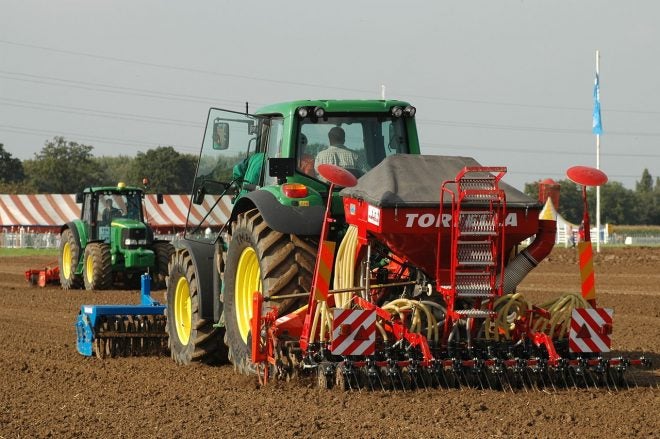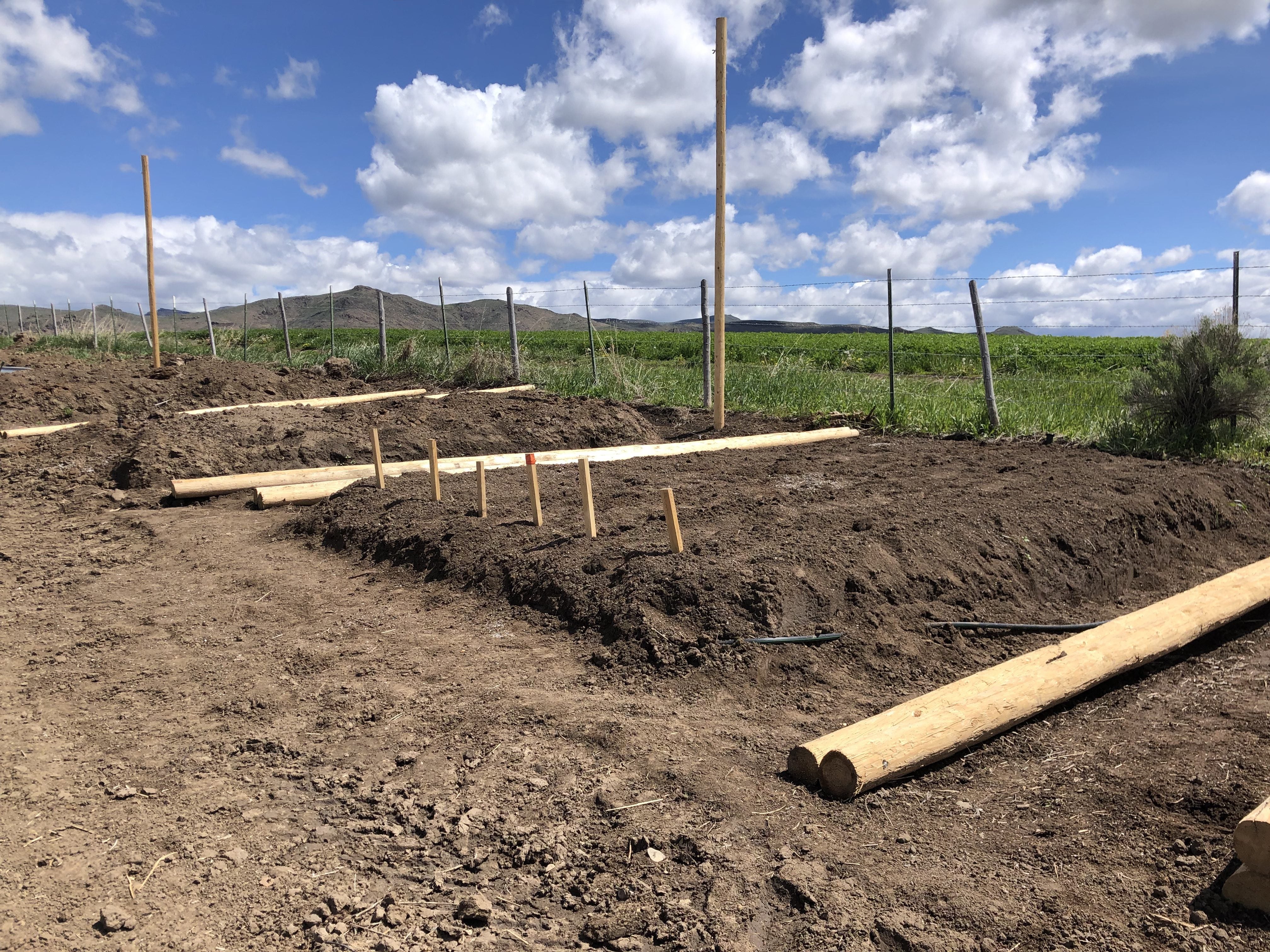Home On The Range #020: Going To Seed in the Spring
RusDs 05.07.21

Welcome to our reoccurring series of “Home on the Range.” Here, we would like to share all of our experiences for those who may be homesteading, living off the land, hunting, farming, ranching, and truly investing in nature and the great outdoors. The ability to provide for yourself and your family can be tremendously rewarding and simultaneously difficult at times. So, in “Home on the Range” we want to share our different exploits so you can learn and hopefully we can receive your feedback along the way as well.
Ways To Plant and Different Seeding Strategies
Ok, so you’ve got your plot of land, be it a planter bed, an acre, or a multi acre field. How does one propose to seed it Well, there are a few different ways, tools, and techniques to fit every budget, area size, and type of seed you are willing to plant. Let’s take a look at the different tools and techniques, starting from smallest to largest scale.
1. Precision Hand Seeding
This is the cheapest way to get things done, but can be awfully time consuming the larger the area you have to utilize this technique on. It’s fine for a few planter beds, but gets old fast if you are seeding the same thing over more than half an acre. Precision hand seeding is best for small, delicate seeds or situations where you have to get more valuable seeds (like giant pumpkins) situated at a very specific depth with precise spoil prep.

2. Broadcast Seeding
Broadcast seeding involves spreading seed over a large area of prepared soil, where the seeds can land and one can either cover them up gently with a light layer of soil, or they can germinate right where they land. The cheapest broadcast seeder is, of course yourself just going out and throwing or sprinkling seeds around.
The next step is cheap and effective hand powered broadcasters like the Scotts Whirl hand-powered spreader. These often have multiple settings for the amount of seed that you want to spread with each crank of the handle, and can speed you through quickly seeding up to an acre of prepared ground without having to go refill too many times.
For bigger jobs or greater seed density, a push spreader would be the next step, followed by vehicle-towed spreaders that have a huge range of adjustment, and can be towed behind one’s side-by-side, 4-wheeler, tractor, or truck. These are great for broadcast seeding over a prepared area of multiple acres, but beware of the compaction and impact that your vehicle’s tires can have on the seeded area.

3. Drill Seeding
This is where mechanical precision and planting come into their most developed form. A seed drill plants seeds at precise depths, spacing, and with modern seed drills, at extremely precise rates than can be adjusted via gears. A good seed drill setup can do it all: prepare the soil, fertilize, plant the seeds, and cover them up if need be, all in one pass.
As one can imagine, these can range from simple setups to tow-behind your side-by-side to extremely complex (and expensive) fine-tuned agricultural implements that represent an investment of tens of thousands of dollars. If you are dealing with quite a bit of acreage, and require precision planting for a cash crop or essential fodder, you will want to consider this process. The good news is, in most places in farm country, you don’t necessarily have to purchase this kind of setup if you only wish to do it once in a while. You can always see if one of the agricultural operations in your area either provides drill seeding as a service, or leases the equipment out.
4. Hydroseeding
I leave this one for last, as hydroseeding is most often used in circumstances where one needs erosion control, grass, or flowers in a large area, and needs it fast! Hydroseeding involves mixing water and a seed slurry, and broadcasting via water pressurized via a gasoline-powered pump (in most circumstances). The slurry can involve just water and seed, but more often than not involves fertilizer and tackifier (what makes the mixture stick) as well. If you want to control dust or erosion in a large area; however, its a great option.

Seed – Planting an Idea
I hope this basic overview of different seeding techniques has given you some options to consider when thinking about your own plot, and how you want to plant it. You could very well have the occasion to use one, or even all of these techniques in the process of creating your own home on the range. I wish all of you readers the best of luck with your projects this planting season, and thanks for reading “Home on the Range” and AllOutdoor!